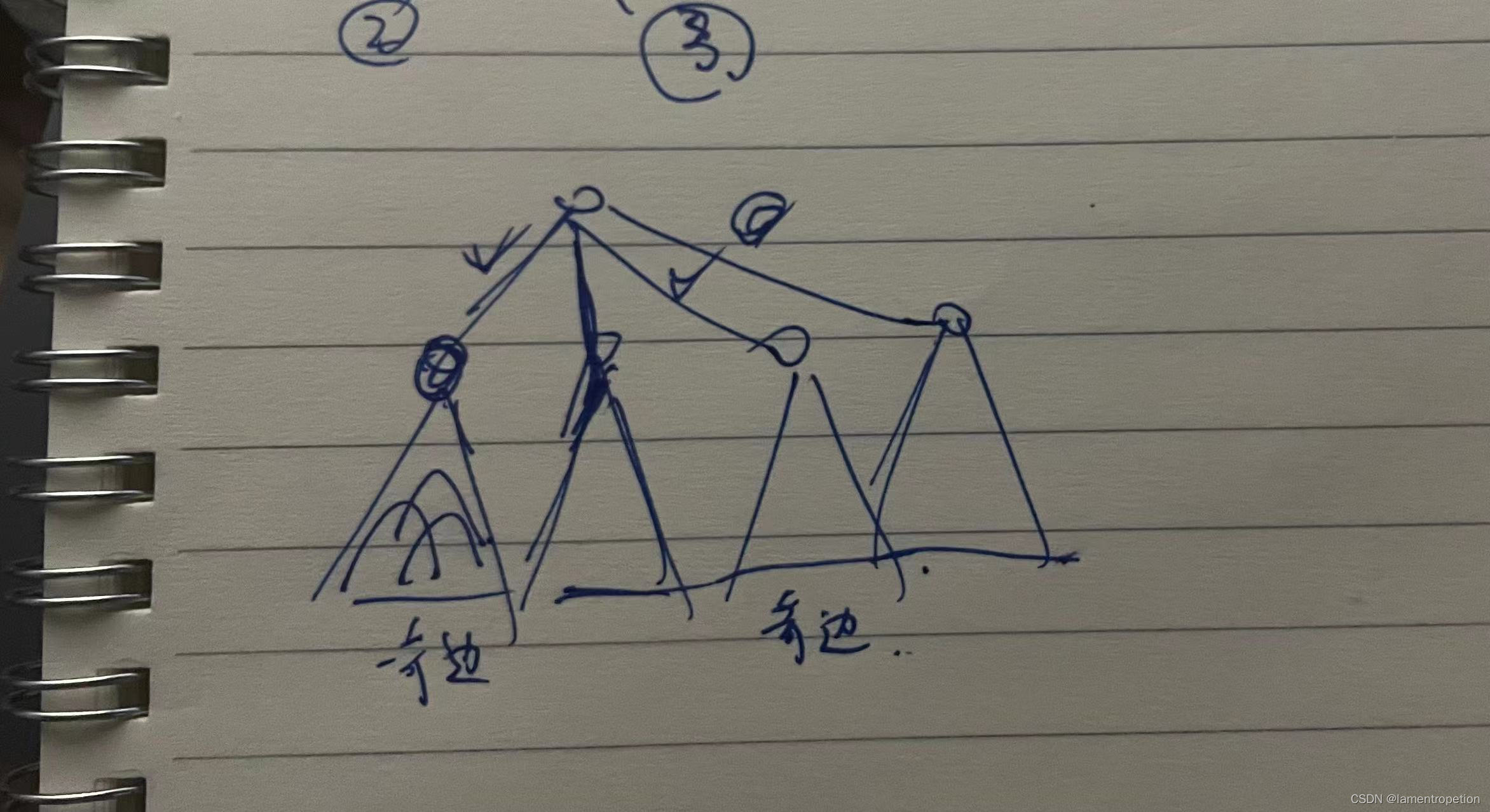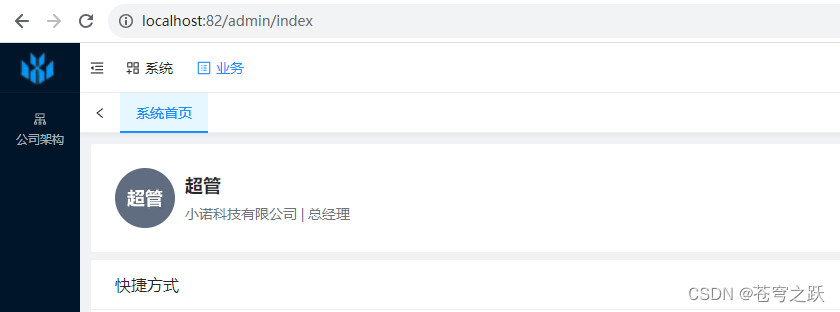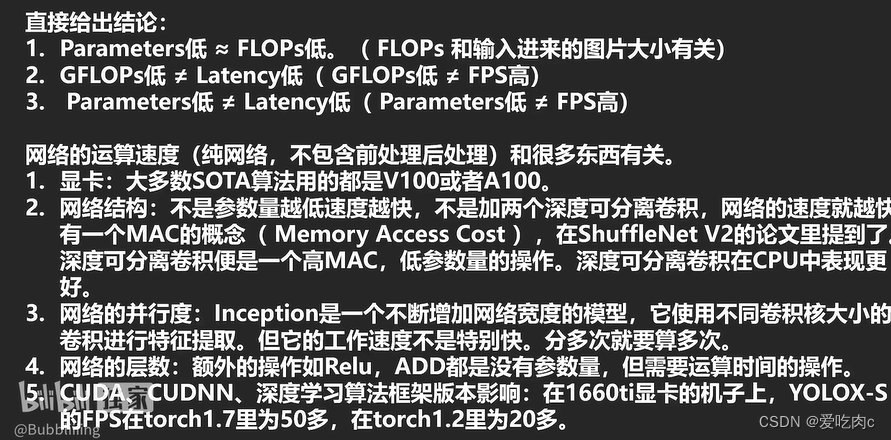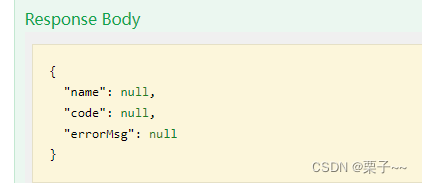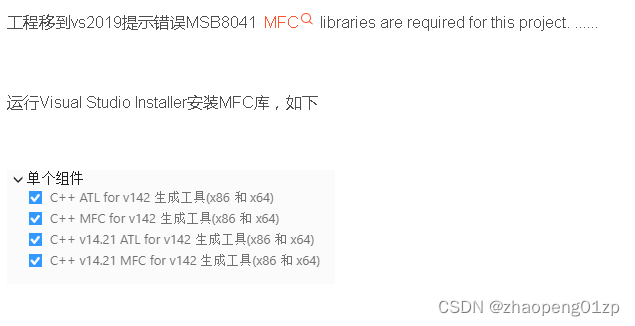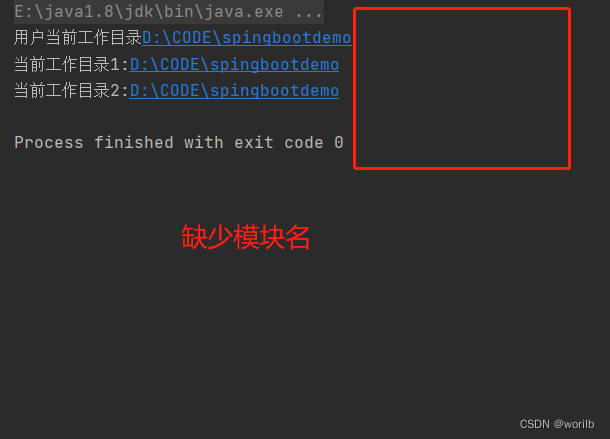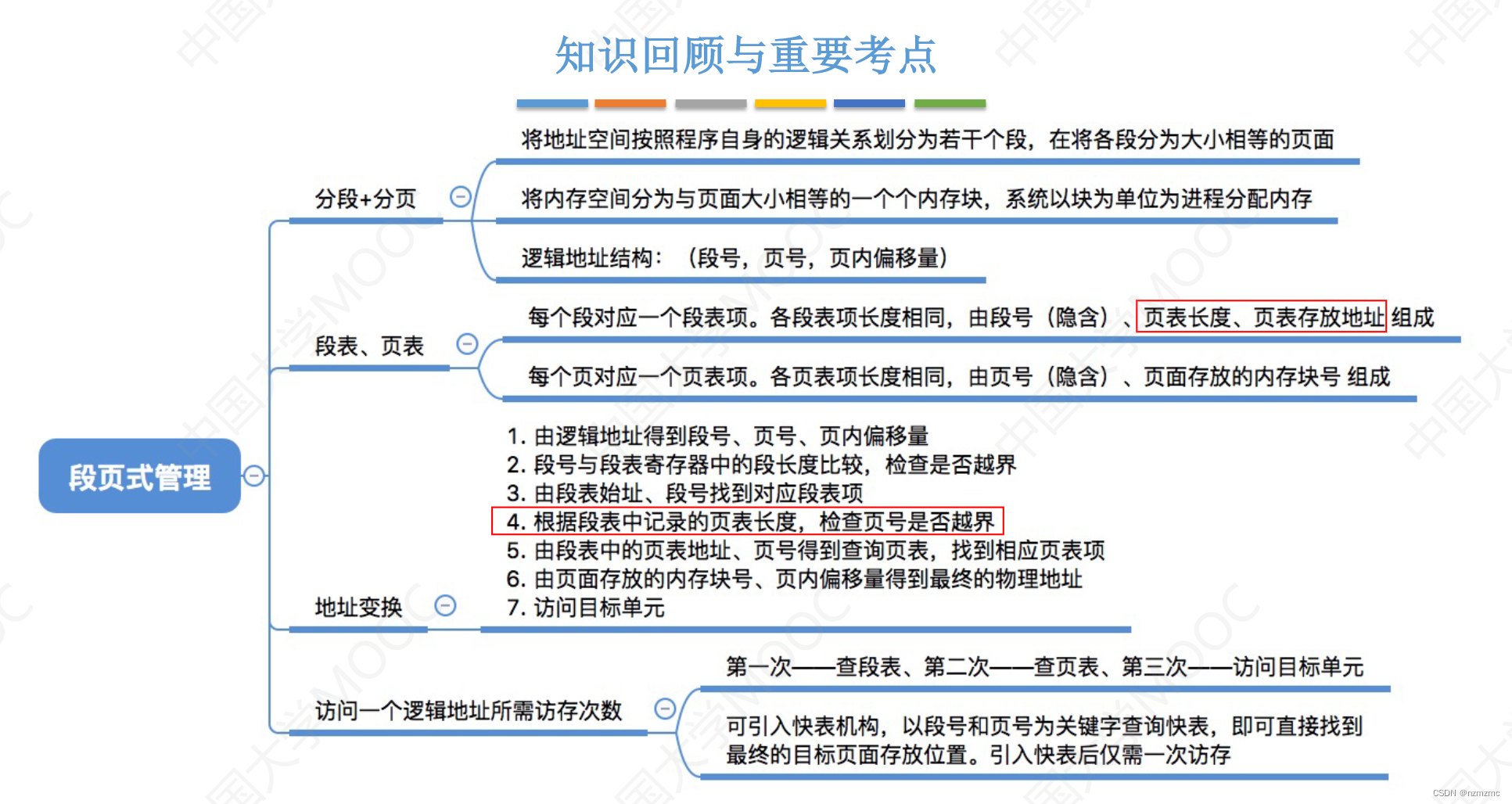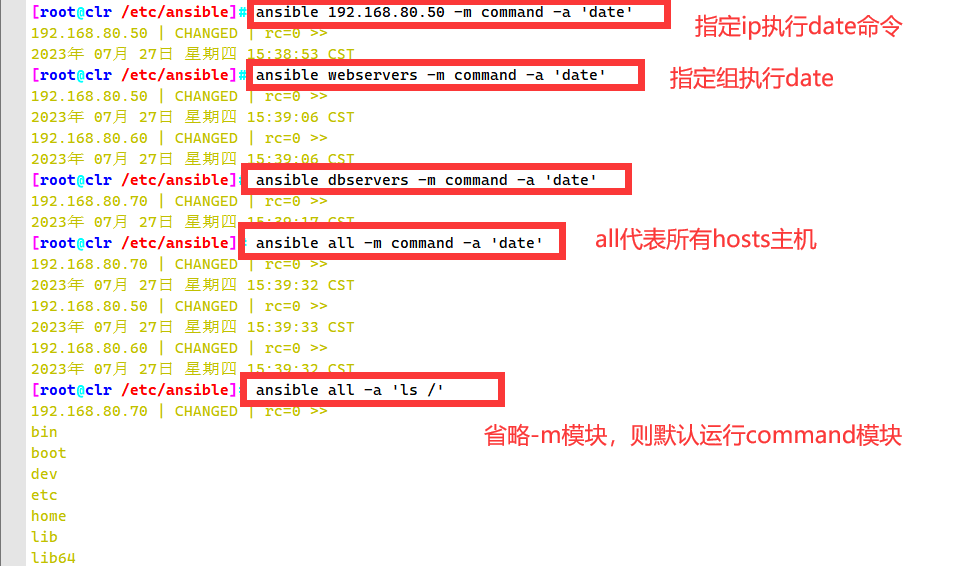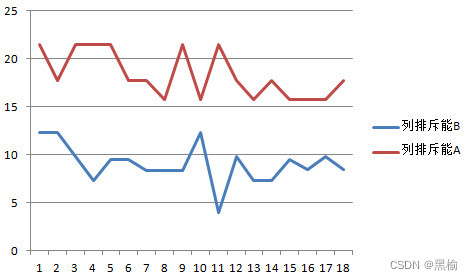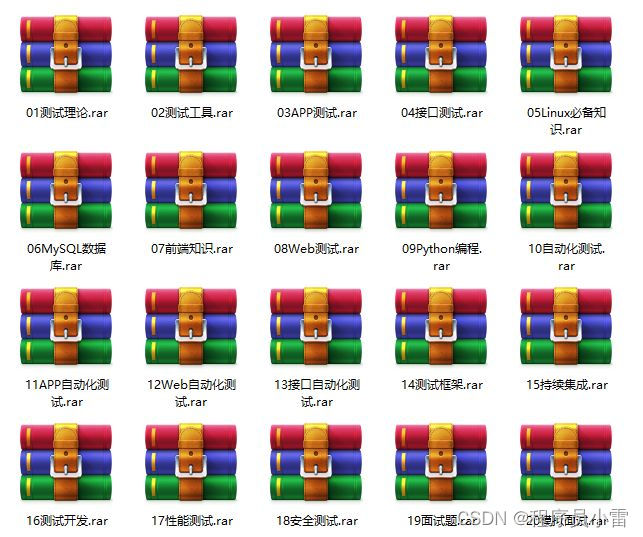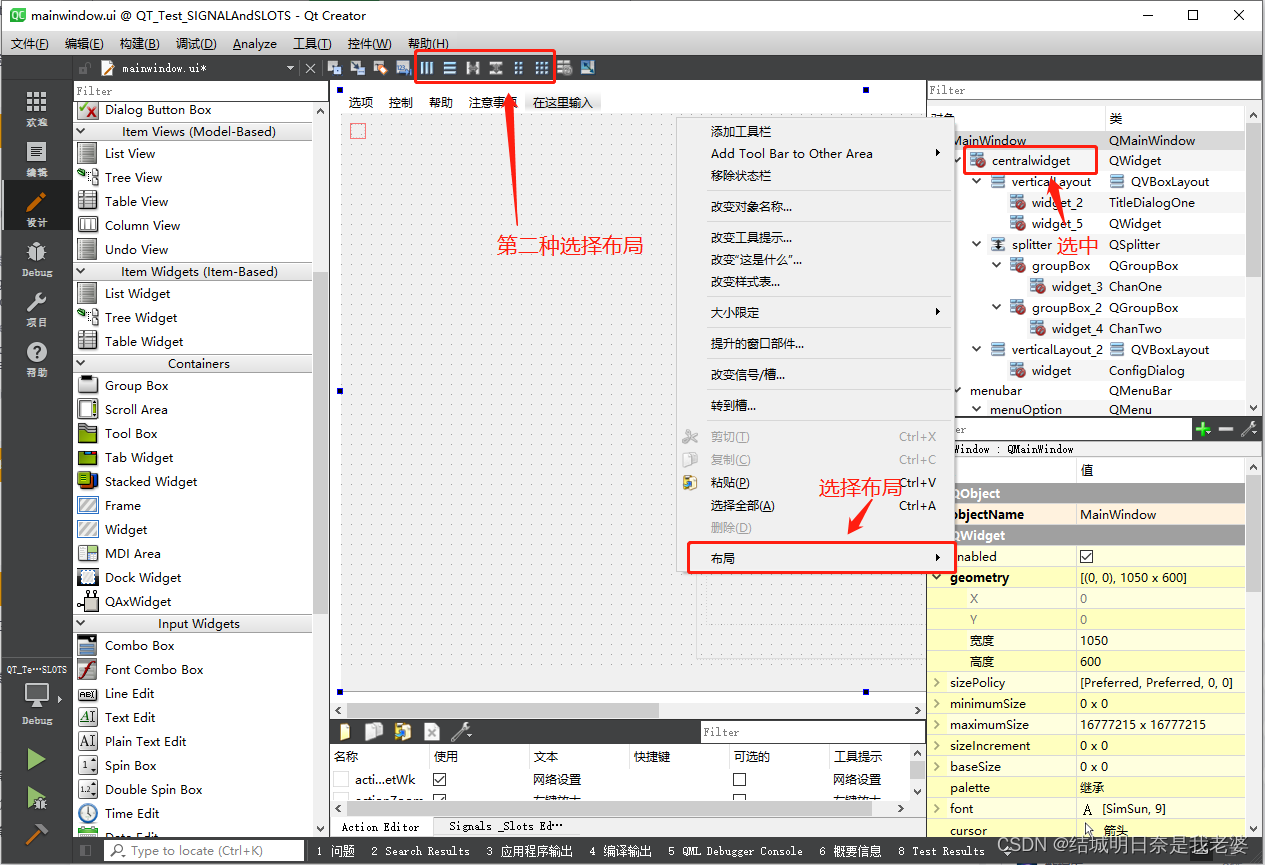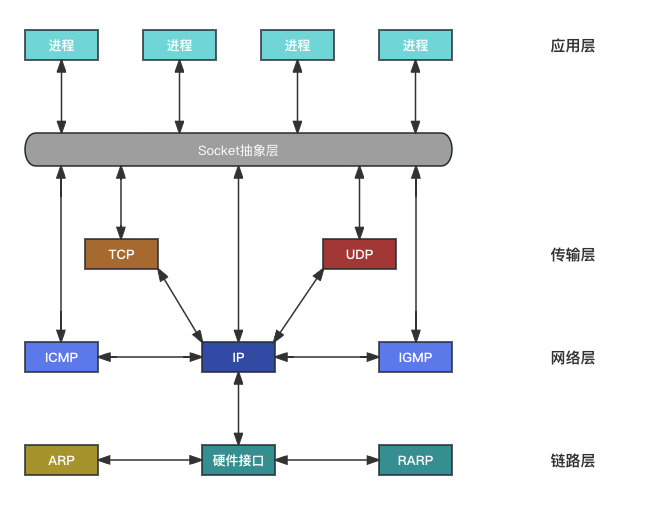【宝藏系列】20个常用的Python技巧
文章目录
- 【宝藏系列】20个常用的Python技巧
- 🍉文末推荐【Python之光】
Python的可读性和简单性是其广受欢迎的两大原因,本文介绍20个常用的Python技巧来提高代码的可读性,并能帮助你节省大量时间,下面的技巧将在你的日常编码练习中非常实用。
1.字符串反转
使用Python切片反转字符串:
# Reversing a string using slicing
my_string = "ABCDE"
reversed_string = my_string[::-1]
print(reversed_string)
# Output
# EDCBA
2.每个单词的第一个字母大写
使用title函数方法:
my_string = "my name is chaitanya baweja"
# using the title() function of string class
new_string = my_string.title()
print(new_string)
# Output
# My Name Is Chaitanya Baweja
3. 字符串查找唯一元素
使用集合的概念查找字符串的唯一元素:
my_string = "aavvccccddddeee"
# converting the string to a set
temp_set = set(my_string)
# stitching set into a string using join
new_string = ''.join(temp_set)
print(new_string)
# output
# cdvae
4.重复打印字符串和列表n次
你可以使用乘法符号(*)打印字符串或列表多次:
n = 3 # number of repetitions
my_string = "abcd"
my_list = [1,2,3]
print(my_string*n)
# abcdabcdabcd
print(my_list*n)
# [1,2,3,1,2,3,1,2,3]
5.列表生成
# Multiplying each element in a list by 2
original_list = [1,2,3,4]
new_list = [2*x for x in original_list]
print(new_list)
# [2,4,6,8]
6.变量交换
a = 1
b = 2
a, b = b, a
print(a) # 2
print(b) # 1
7.字符串拆分为子字符串列表
使用.split()函数:
string_1 = "My name is Chaitanya Baweja"
string_2 = "sample/ string 2"
# default separator ' '
print(string_1.split())
# ['My', 'name', 'is', 'Chaitanya', 'Baweja']
# defining separator as '/'
print(string_2.split('/'))
# ['sample', ' string 2']
8.多个字符串组合为一个字符串
list_of_strings = ['My', 'name', 'is', 'Chaitanya', 'Baweja']
# Using join with the comma separator
print(','.join(list_of_strings))
# Output
# My,name,is,Chaitanya,Baweja
9.检测字符串是否为回文
my_string = "abcba"
if my_string == my_string[::-1]:
print("palindrome")
else:
print("not palindrome")
# Output
# palindrome
10. 统计列表中元素的次数
# finding frequency of each element in a list
from collections import Counter
my_list = ['a','a','b','b','b','c','d','d','d','d','d']
count = Counter(my_list) # defining a counter object
print(count) # Of all elements
# Counter({'d': 5, 'b': 3, 'a': 2, 'c': 1})
print(count['b']) # of individual element
# 3
print(count.most_common(1)) # most frequent element
# [('d', 5)]
11.判断两个字符串是否为Anagrams
Anagrams的含义为两个单词中,每个英文单词(不含大小写)出现的次数相同,使用Counter类判断两个字符串是否为Anagrams。
from collections import Counter
str_1, str_2, str_3 = "acbde", "abced", "abcda"
cnt_1, cnt_2, cnt_3 = Counter(str_1), Counter(str_2), Counter(str_3)
if cnt_1 == cnt_2:
print('1 and 2 anagram')
if cnt_1 == cnt_3:
print('1 and 3 anagram')
# output
# 1 and 2 anagram
12. 使用try-except-else-block模块
except获取异常处理:
a, b = 1,0
try:
print(a/b)
# exception raised when b is 0
except ZeroDivisionError:
print("division by zero")
else:
print("no exceptions raised")
finally:
print("Run this always")
# output
# division by zero
# Run this always
13. 使用枚举函数得到key/value对
my_list = ['a', 'b', 'c', 'd', 'e']
for index, value in enumerate(my_list):
print('{0}: {1}'.format(index, value))
# 0: a
# 1: b
# 2: c
# 3: d
# 4: e
14.检查对象的内存使用情况
import sys
num = 21
print(sys.getsizeof(num))
# In Python 2, 24
# In Python 3, 28
15.合并字典
dict_1 = {'apple': 9, 'banana': 6}
dict_2 = {'banana': 4, 'orange': 8}
combined_dict = {**dict_1, **dict_2}
print(combined_dict)
# Output
# {'apple': 9, 'banana': 4, 'orange': 8}
16.计算执行一段代码所花费的时间
使用time类计算运行一段代码所花费的时间:
import time
start_time = time.time()
# Code to check follows
for i in range(10**5):
a, b = 1,2
c = a+ b
# Code to check ends
end_time = time.time()
time_taken_in_micro = (end_time- start_time)*(10**6)
print(time_taken_in_micro)
# output
# 18770.217895507812
17. 列表展开
from iteration_utilities import deepflatten
# if you only have one depth nested_list, use this
def flatten(l):
return [item for sublist in l for item in sublist]
l = [[1,2,3],[3]]
print(flatten(l))
# [1, 2, 3, 3]
# if you don't know how deep the list is nested
l = [[1,2,3],[4,[5],[6,7]],[8,[9,[10]]]]
print(list(deepflatten(l, depth=3)))
# [1, 2, 3, 4, 5, 6, 7, 8, 9, 10]
18. 列表采样
import random
my_list = ['a', 'b', 'c', 'd', 'e']
num_samples = 2
samples = random.sample(my_list,num_samples)
print(samples)
# [ 'a', 'e'] this will have any 2 random values
19.数字化
将整数转化成数字列表:
num = 123456
# using map
list_of_digits = list(map(int, str(num)))
print(list_of_digits)
# [1, 2, 3, 4, 5, 6]
# using list comprehension
list_of_digits = [int(x) for x in str(num)]
print(list_of_digits)
# [1, 2, 3, 4, 5, 6]
20.检查列表元素的唯一性
检查列表中每个元素是否为唯一的:
def unique(l):
if len(l)==len(set(l)):
print("All elements are unique")
else:
print("List has duplicates")
unique([1,2,3,4])
# All elements are unique
unique([1,1,2,3])
# List has duplicates
🍉文末推荐【Python之光】
🎃书籍介绍:
👉本期为大家带来的是机械工业出版社的《Python之光:Python编程入门与实战》
作为一种极其流行的编程语言,Python已经成为了当今最为重要的生产力工具之一。无论小学生还是各行各业的从业人员,都开始学习Python编程。这种编程语言在许多领域中都有广泛的应用,因此Python编程已经成为了许多职业的必备能力或者加分项。
然而,在市面上的Python入门书籍中,存在着许多通病:如知识点堆砌、杂乱无章、学习曲线陡峭、案例过于炫技等问题,这让许多新入门的朋友感到无从下手,不知道该如何选择一本好的入门书籍。
针对这个问题,我向大家推荐《Python之光》这本书,它以通俗易懂的方式,帮助读者快速掌握Python语言的最新特性、最新编程方法和最佳实践。
通过学习这本书,读者将具备项目实战能力,能够运用Python解决实际的工作问题。与其他的入门书籍不同的是,《Python之光》不仅仅是简单的知识堆积,而是从总到分,从原理到细节,从理论到实践,按照读者的学习心理层层递进。
同时,该书的应用案例也非常有代表性,包括数据科学(数据处理、数据分析、数据可视化)、办公自动化(Word、Excel的操作)、图形及界面、Web开发等领域,并且附有详细的代码讲解。
《Python之光》将重新定义Python的学习方式,帮助读者更好地应用Python进入实际工作中。
🤩本书亮点:
➡️零基础,尽量不使用专业词汇,不需要任何背景知识;
➡️语言通俗易懂,讲解深入浅出,内容详略得当;
➡️代码简洁,变量命名尽量使用简单单词;
➡️知识全面,讲解精练,涵盖最新的语言特性;
➡️知识结构设计合理,学习曲线平滑;
➡️面向应用,讲解必备的第三方库,配有经典、实用的案例。
另外,本书不堆砌知识,而是合理编排内容,从总到分,从原理到细节,从理论到实例,根据读者的学习心智模型层层递进。在应用部分,本书选取了数据科学(数据处理、数据分析、数据可视化)、办公自动化(对Word、Excel的操作)、图形及界面、Web开发等领域的案例,引导读者在实践中应用Python。这些案例非常有代表性,且均有详细的代码讲解。
💁♂️书籍配套:
《Python之光》提供海量免费配套资源,包括100个视频、1600个实战案例、源代码下载、高品质练习题、作者提供全程辅导、思维导图呈现全书知识精华、配套完整教学PPT,让学习过程直观易懂。
无论学习者的年龄、职业或行业,都能轻松入门Python编程。《Python之光》为初学者提供了极简的入门之路,是入门Python编程的不二之选。
适配版本:本书基于Python 3.11(本书代码最低适配版本Python3.10)
现在购买享7折优惠⬇️
《Python之光:Python编程入门与实战》
🧀参与形式:
👉关注➕点赞➕收藏➕评论,每人最多可以评论三条,随机抽取5位小伙伴免费送书一本🍿
🧀抽奖时间:
⏰2023-08-03 18:00








